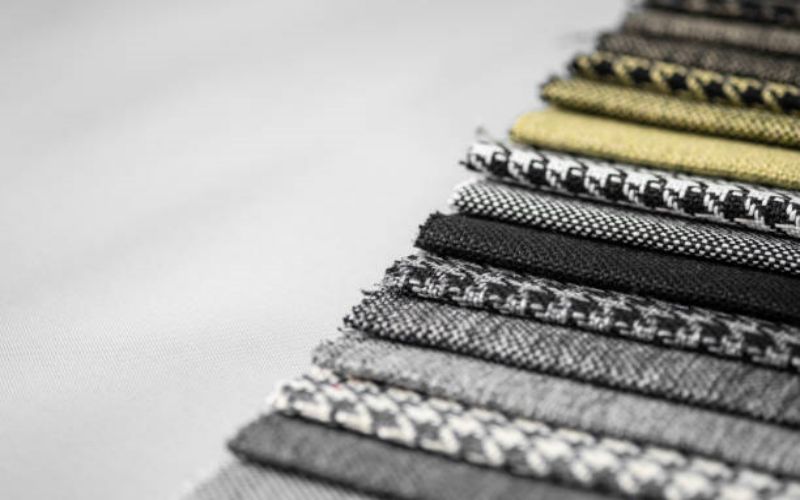Table of Contents

The Importance of Waterproof Coating for Fabric
Waterproof coatings for fabric play a crucial role in enhancing the durability and protection of various textiles. Whether you are looking to waterproof your outdoor gear, such as jackets and tents, or aiming to protect your furniture upholstery from spills and stains, a reliable waterproof coating can greatly extend the lifespan of your fabric. In this article, we will explore the benefits, types, application methods, and maintenance tips for waterproof coatings, providing you with a comprehensive guide to safeguarding your fabrics.
1. Enhancing Waterproof Performance
When it comes to fabric, water resistance is vital to prevent moisture from seeping through and causing damage. Waterproof coatings are designed to create a protective barrier that repels water, allowing the fabric to remain dry even in wet conditions. By enhancing the waterproof performance of fabric, these coatings help to prevent mold, mildew, and rot, ensuring the longevity of your textiles.
2. Types of Waterproof Coatings
There are various types of waterproof coatings available, each offering unique properties and advantages. One common type is polyurethane coating, which forms a flexible and durable layer on the fabric surface. Polyurethane coatings are often used for outdoor gear, as they provide excellent water repellency while allowing the fabric to breathe. Another popular choice is silicone coating, which offers superior water repellency and durability. Silicone coatings are commonly used for marine applications and heavy-duty fabrics.
3. Application Methods
Waterproof coatings can be applied to fabric through different methods, including spraying, brushing, and dipping. Spray-on coatings are convenient and allow for precise application, making them ideal for smaller items or targeted areas. Brush-on coatings, on the other hand, provide more control and are suitable for larger surfaces. Dipping is a common method used in industrial settings, where fabrics are immersed in a coating solution to ensure uniform coverage.
4. Preparing Fabric for Waterproof Coating
Before applying a waterproof coating, it is essential to properly prepare the fabric. This involves cleaning the fabric to remove any dirt, dust, or oils that could hinder the adhesion of the coating. Washing the fabric with a gentle detergent and rinsing it thoroughly is typically sufficient. Additionally, some fabrics may require pre-treatment to enhance the bonding of the coating. Always refer to the manufacturer's instructions for specific preparation requirements.
5. Applying Waterproof Coating
When applying a waterproof coating, it is important to follow the instructions provided by the manufacturer. Ensure you are working in a well-ventilated area and use appropriate protective equipment, such as gloves and a respirator if necessary. Apply the coating evenly and avoid excessive saturation, as this can lead to stiffness or reduced breathability of the fabric. Allow sufficient drying time before using or storing the fabric.
6. Maintaining Waterproof Coated Fabric
To maintain the effectiveness of the waterproof coating, proper care is essential. Regularly clean the fabric according to the manufacturer's guidelines, as dirt and debris can compromise the coating's performance. Avoid using harsh detergents, bleach, or fabric softeners, as these can degrade the coating. If the fabric starts to lose its water repellency, it may be necessary to reapply the waterproof coating to restore its protective properties.
7. Longevity and Durability
Waterproof coatings can significantly extend the lifespan of fabric by protecting it against moisture damage. By forming a barrier that prevents water penetration, these coatings help to prevent the growth of mold and mildew, which can weaken fabrics over time. Additionally, they provide resistance against stains, spills, and UV rays, further enhancing the fabric's durability.
8. Versatility of Waterproof Coatings
Waterproof coatings offer versatility in their application, making them suitable for a wide range of fabrics. From outdoor clothing and camping gear to upholstery and awnings, these coatings can be used on various textiles to provide reliable protection. They are particularly beneficial in outdoor settings, where exposure to rain, snow, and humidity is common.
9. Eco-Friendly Waterproof Coatings
As environmental concerns continue to grow, so does the demand for eco-friendly solutions. Fortunately, there are waterproof coatings available that are environmentally friendly. These coatings are often water-based and free from harmful chemicals, making them a safer option for both users and the planet. When selecting a waterproof coating, consider choosing eco-friendly alternatives to minimize your environmental impact.
10. Innovations in Waterproof Coating Technology
The field of waterproof coating technology is constantly evolving, with ongoing innovations aimed at improving performance and sustainability. Researchers are exploring new materials and techniques to enhance the water repellency, breathability, and durability of coatings. From nano-coatings that create an invisible barrier to biodegradable options, the future of waterproof coatings for fabric holds promising advancements.
